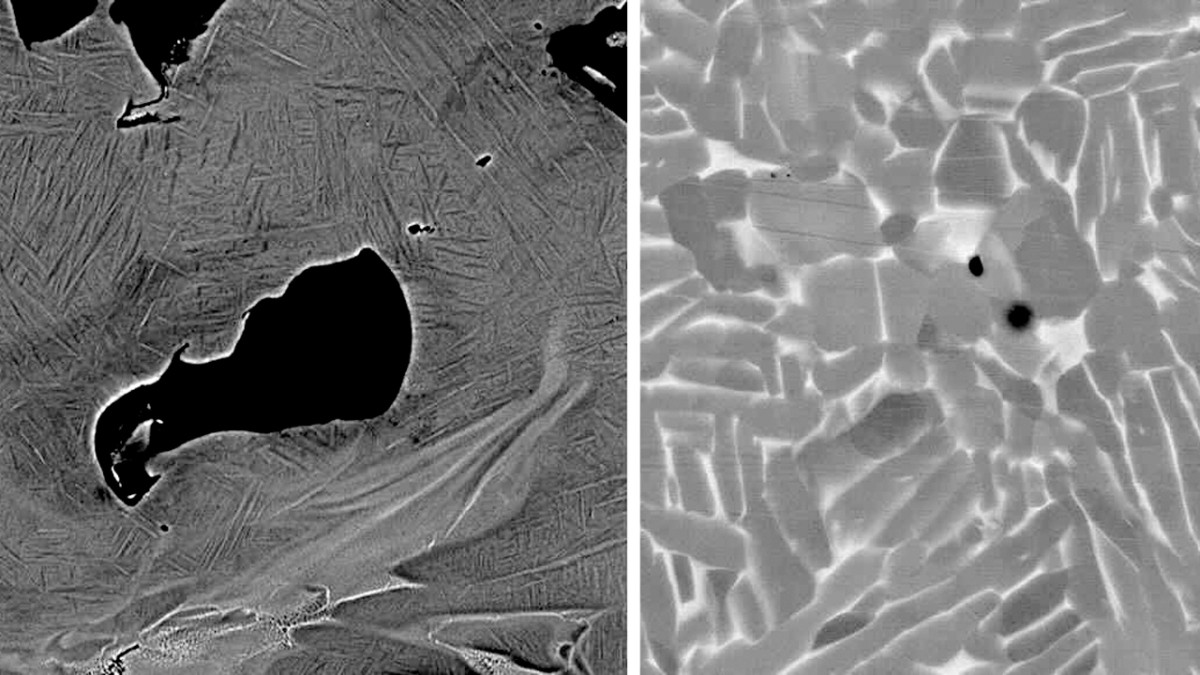About segments, the 7 segment display and alternative designs.

About segments, the 7 segment display and alternative designs.

In this video we will be having a closer look at active rectifiers. For decades we have been using full bridge rectifiers to convert our mains AC voltage into a DC voltage that we can then step down to power all of our electronics devices. But the problem is that a full bridge rectifier consists of 4 diodes that come with a noticeable voltage drop and thus power losses. Because of that an active rectifier uses MOSFETs instead of diodes in order to decrease power losses. Does that makes sense? Let’s find out!

This video is about how to 3D print fabric in a conventional desktop 3D printer. We review the basics of 3D printed fabrics and the different ways of making them, including a step by step tutorial to print your first fabric swatch.

An overheating CPU can cause the touchscreen to lag and even shut down during driving.
Electric car maker Tesla issued a soft recall for almost 130,000 of its cars because of an overheating issue with its onboard CPU, according to a report by electrek. The overheating can cause the infotainment touchscreen to malfunction. Thankfully this type of recall doesn’t require people to return their car to the dealership, and a fix will be made available via over-the-air software update.

Researchers in Japan say they’ve concocted a new method of creating wafers out of diamonds able to store mammoth amounts of data on them. We’re talking 25 exabytes of storage, which is a 25,000 petabytes. Or 25,000,000 terabytes. Or 25 billion gigabytes. It’s a dizzying amount of data, that’s for sure.
If you assume there’s roughly 50,000 games on Steam and each one is around 80GB, which to be completely honest is probably a gross exaggeration of the average game install size on the platform, you’d be looking at around four petabytes of data required to install the lot. So with a single diamond wafer you could save the entire Steam catalogue 6,250 times.
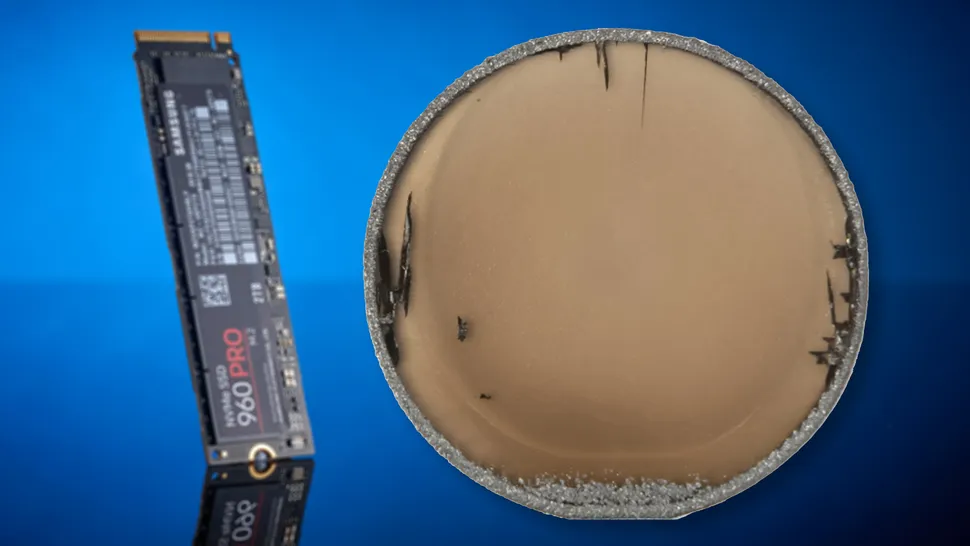
FAYETTEVILLE, Ark. – A team of University of Arkansas physicists has successfully developed a circuit capable of capturing graphene’s thermal motion and converting it into an electrical current.
“An energy-harvesting circuit based on graphene could be incorporated into a chip to provide clean, limitless, low-voltage power for small devices or sensors,” said Paul Thibado, professor of physics and lead researcher in the discovery.

In this video we will be having a closer look at a new type of supercapacitor. They are called Lithium-Ion Capacitor or LIC and they have some things in common with the well known Lithium-Ion batteries. But will they replace them? What advantages & disadvantages do they come with? When to use them? Let’s find out.
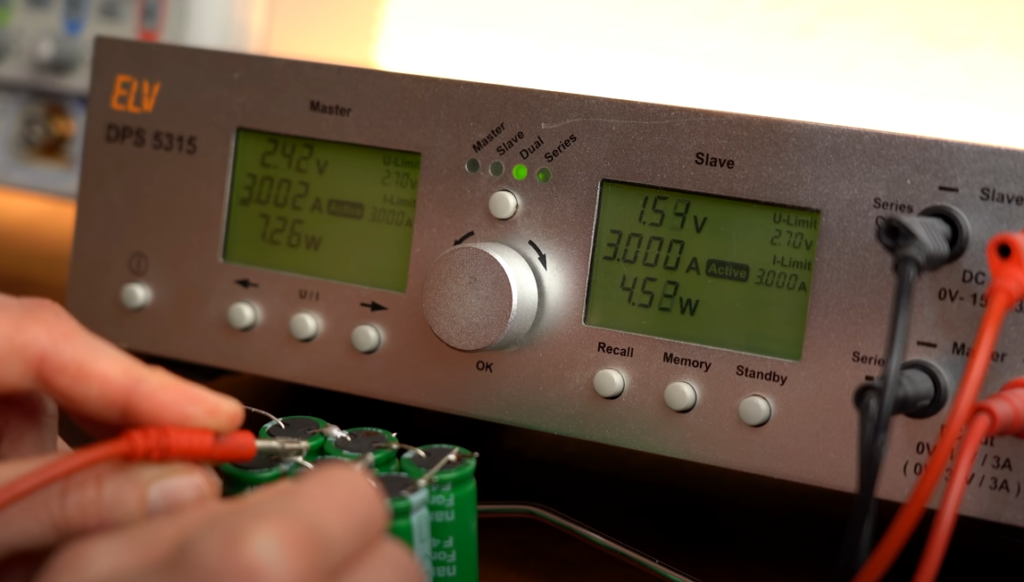
Designed for use with a customizable launch vehicle, these 3D-printed rocket engines can be turned around in a few days.
Chennai-based Agnikul is looking to make it possible to offer rapid-turnaround on-demand space launches — by 3D printing custom rocket engines and other components in less than three days.
“We are building a launch vehicle that carries a payload capacity of 30 to 300 kilograms [around 66-660lbs], depending on the needs of the customers,” Agnikul’s chief operating officer Moin SPM tells IEEE Spectrum in an interview. “We are trying to provide a rapid, on-demand launch service by 3D-printing the entire rocket engine in one shot.”
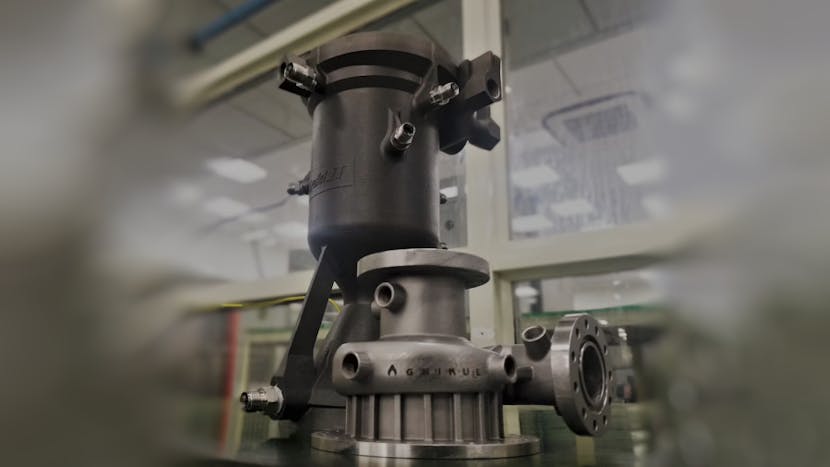
In addition to being a filesystem, ZFS is a storage array and volume manager, meaning that you can feed it a whole pile of disk devices, not just one. The heart of a ZFS storage system is the zpool—this is the most fundamental level of ZFS storage. The zpool in turn contains vdevs, and vdevs contain actual disks within them. Writes are split into units called records or blocks, which are then distributed semi-evenly among the vdevs.
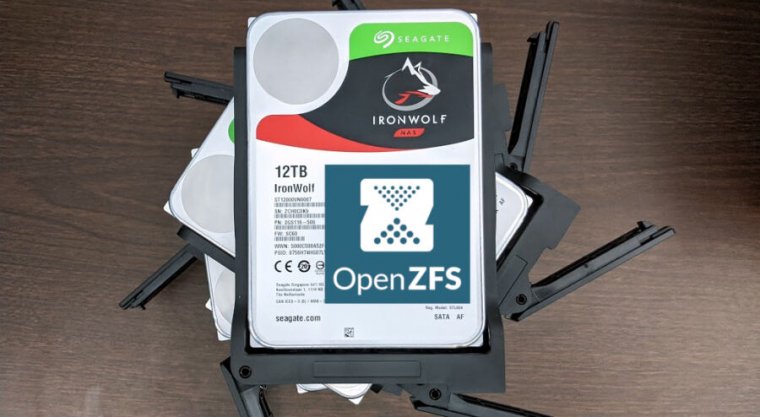
Sometimes it’s good to be a little bad.
Cornell researchers found a counterintuitive way of improving 3D-printed metal alloys. By deliberately introducing more defects into the printing process, followed by a post-processing treatment that uses high temperature and high pressure to change the material’s microstructure, they turned the defects into assets, resulting in a stronger, more ductile metal product.
